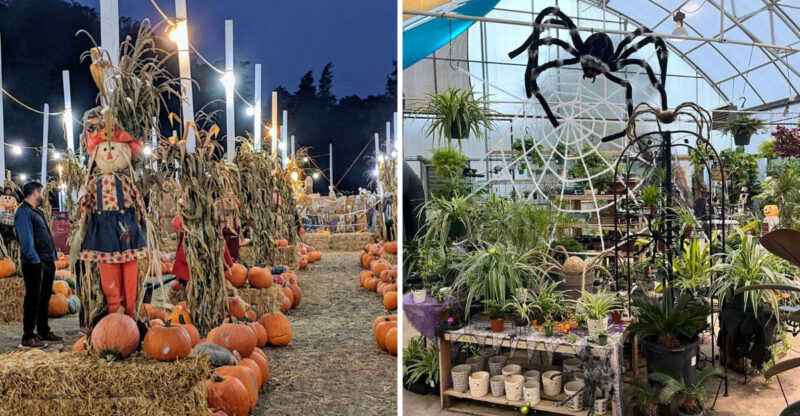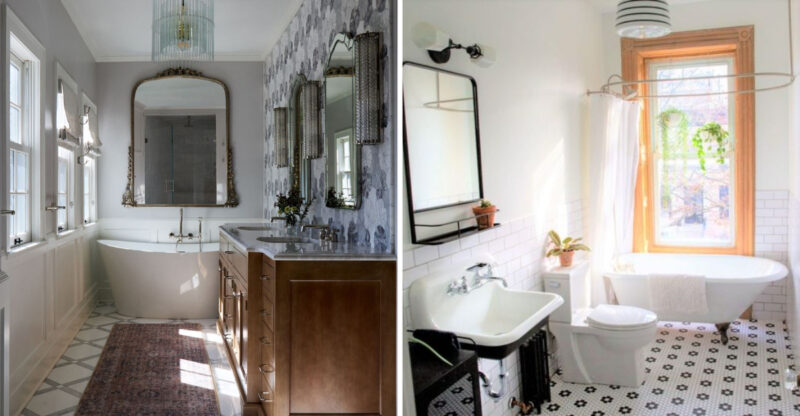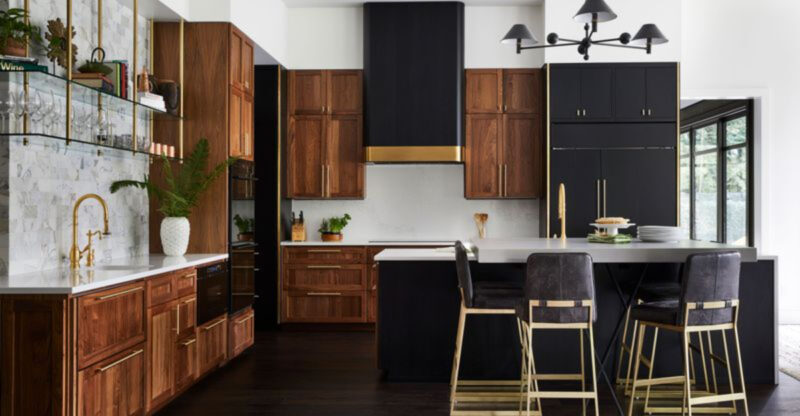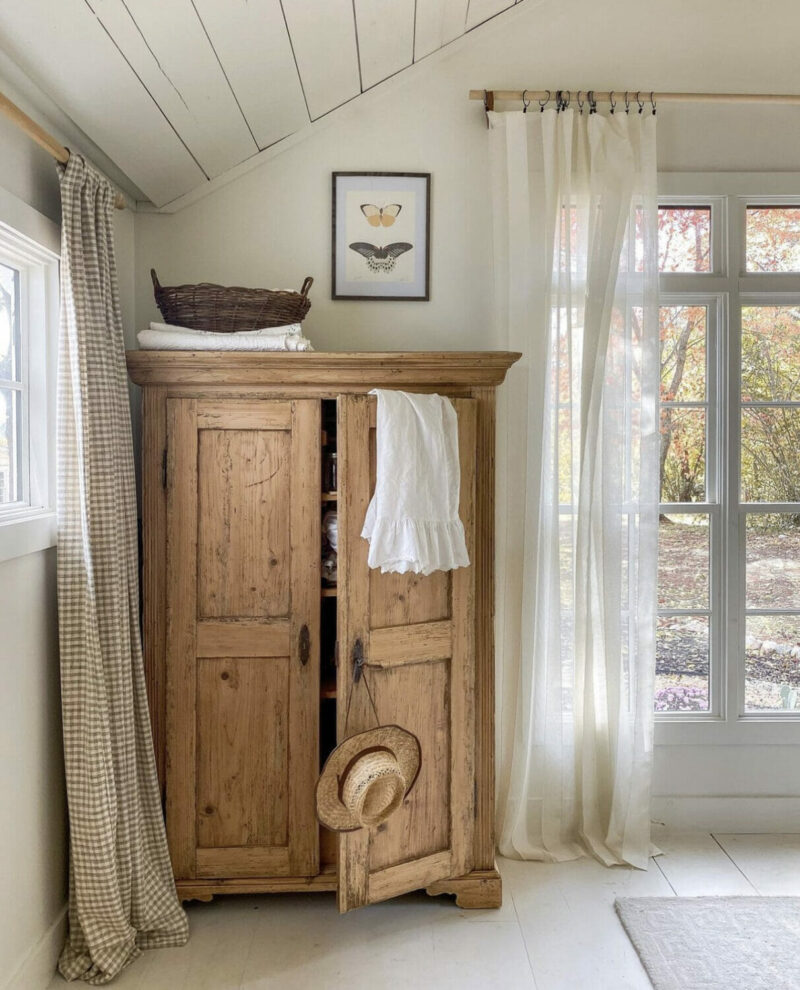8 Florida Home Styles Forecasted To Be Less Desirable By 2030
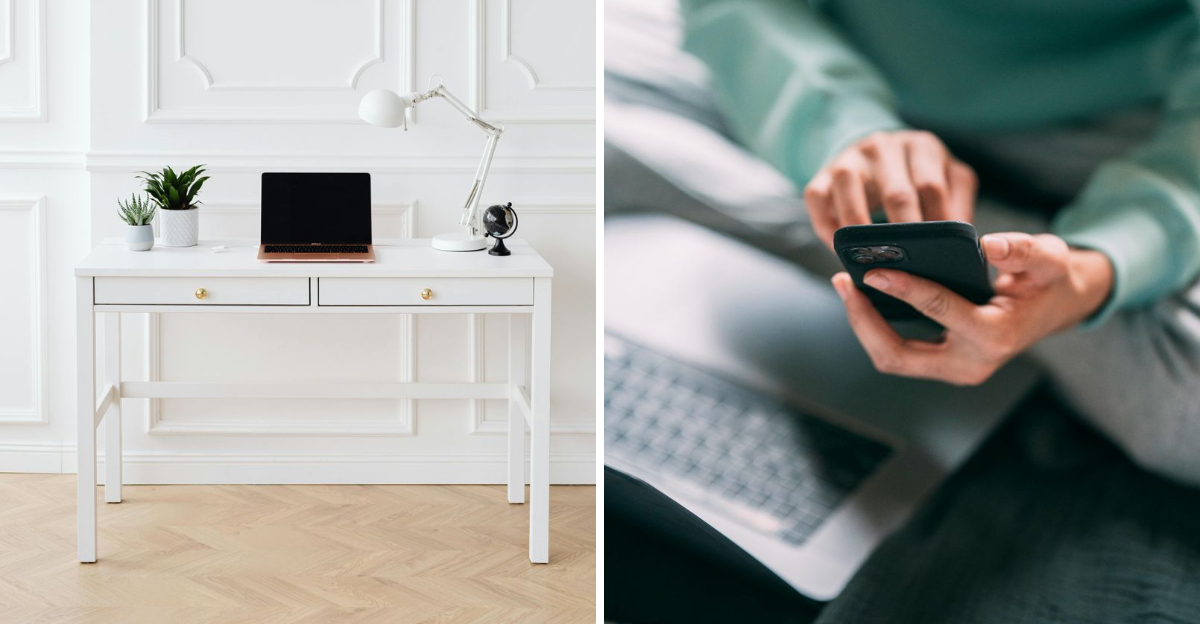
Florida’s housing market is always evolving, shaped by changing climate conditions, buyer preferences, and technological advances.
As we look toward 2030, some once-popular home styles are losing their appeal. Homeowners and potential buyers should be aware of these shifting trends to make informed decisions about their real estate investments.
Market trends are subject to change and may vary based on location, economic conditions, and individual property factors.
1. Carpet-Heavy Ranch Homes
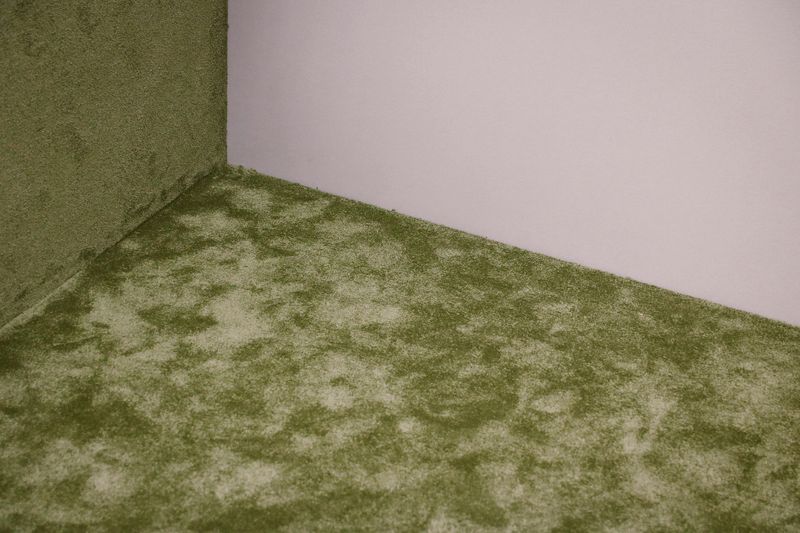
Wall-to-wall carpeting is quickly falling out of favor with Florida homeowners. The humid climate makes carpets prone to mold, mildew, and dust mites – all significant health concerns in the Sunshine State.
Modern buyers increasingly prefer homes with tile, luxury vinyl, or laminate flooring that can withstand Florida’s moisture while being easier to clean and maintain. Ranch homes built in the 1970s-90s that feature extensive carpeting throughout living spaces will likely see decreased demand.
2. Homes Without Hurricane Protection
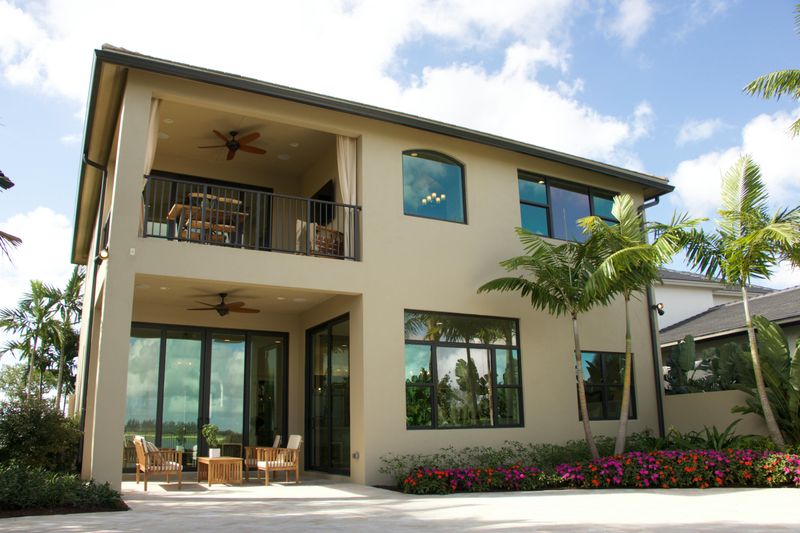
Rising insurance costs are making homes without built-in hurricane protections increasingly burdensome for Florida residents. Properties lacking impact-resistant windows, reinforced garage doors, or hurricane shutters face skyrocketing premiums that can break budgets.
As extreme weather events become more frequent, buyers are prioritizing homes with comprehensive storm protection systems already installed. The upfront investment in these features pays dividends through lower insurance rates and better resale value.
3. Single-Story Homes In Flood-Prone Areas
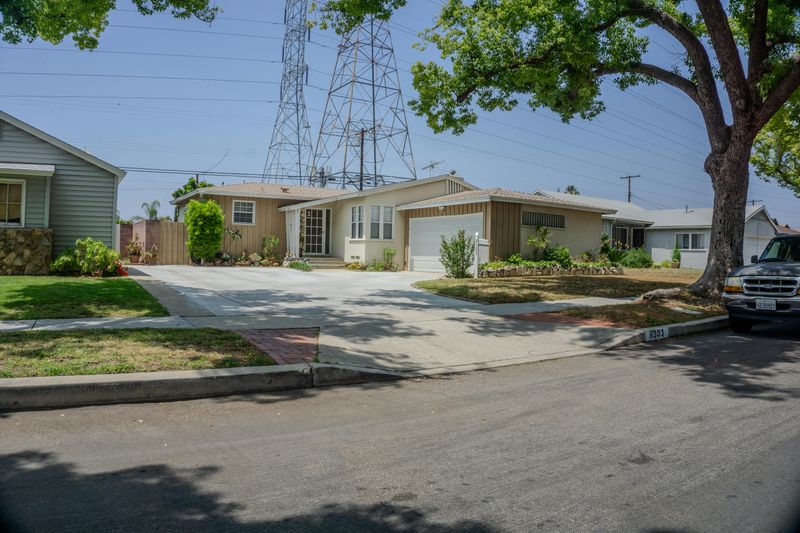
Once the epitome of Florida living, single-story homes in coastal and low-lying areas face a challenging future. Sea level rise and increasingly severe flooding events have made these properties riskier investments with potentially limited lifespans.
Insurance for these homes continues to climb to prohibitive levels, with some properties becoming uninsurable altogether. Forward-thinking buyers are already shifting toward elevated homes, multi-story properties, or locations on higher ground to avoid the financial and safety risks.
4. Energy-Inefficient Mediterranean Revival Homes
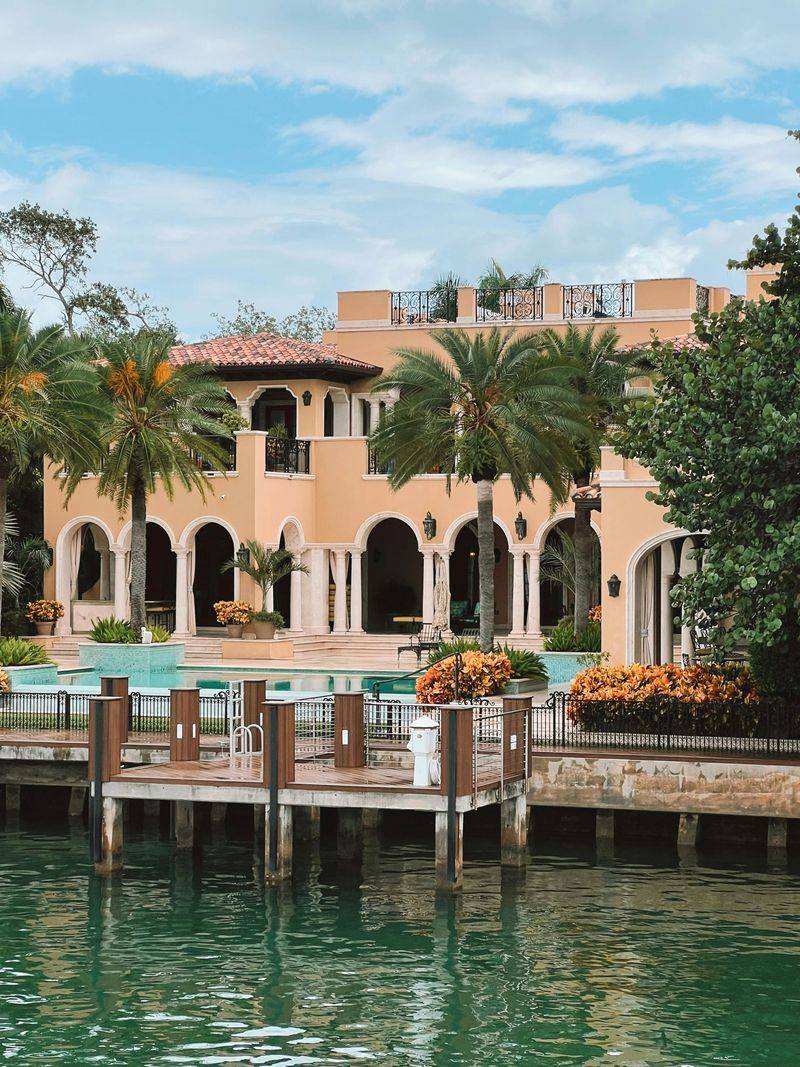
Sprawling Mediterranean Revival mansions with soaring ceilings might look impressive, but their energy bills are becoming deal-breakers. These homes, popular during Florida building booms, often feature outdated HVAC systems and poor insulation that struggle against the state’s intense heat.
With electricity costs rising and environmental consciousness growing, buyers increasingly reject these energy hogs. The combination of large square footage and inefficient climate control creates monthly utility bills that can exceed mortgage payments during summer months.
5. Homes With Extensive Natural Grass Lawns
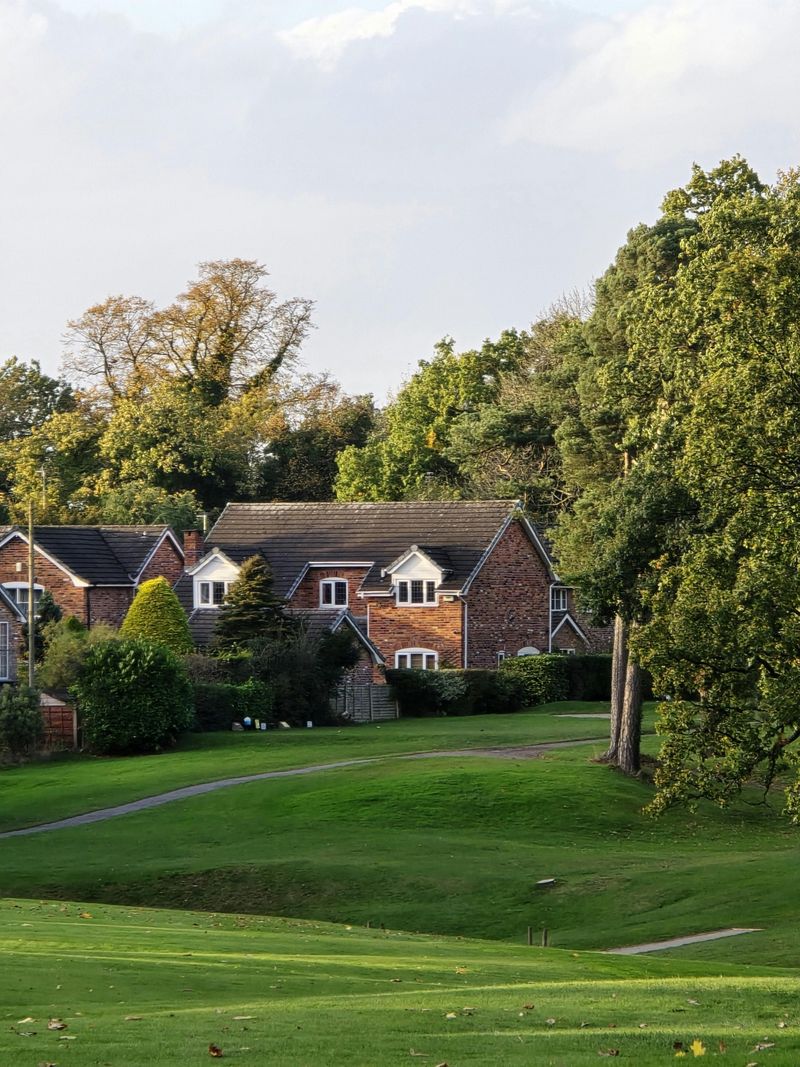
The pristine green lawn, once a status symbol in Florida neighborhoods, is rapidly losing its appeal. Water restrictions, fertilizer regulations, and growing environmental awareness are making traditional grass lawns increasingly impractical and expensive to maintain.
Florida’s water issues continue to worsen, pushing municipalities to implement stricter usage rules that make keeping grass green nearly impossible without hefty water bills. Forward-thinking homeowners are already replacing turf with native landscaping, xeriscaping, or artificial alternatives that require minimal resources.
6. Dark-Interior Homes With Limited Natural Light
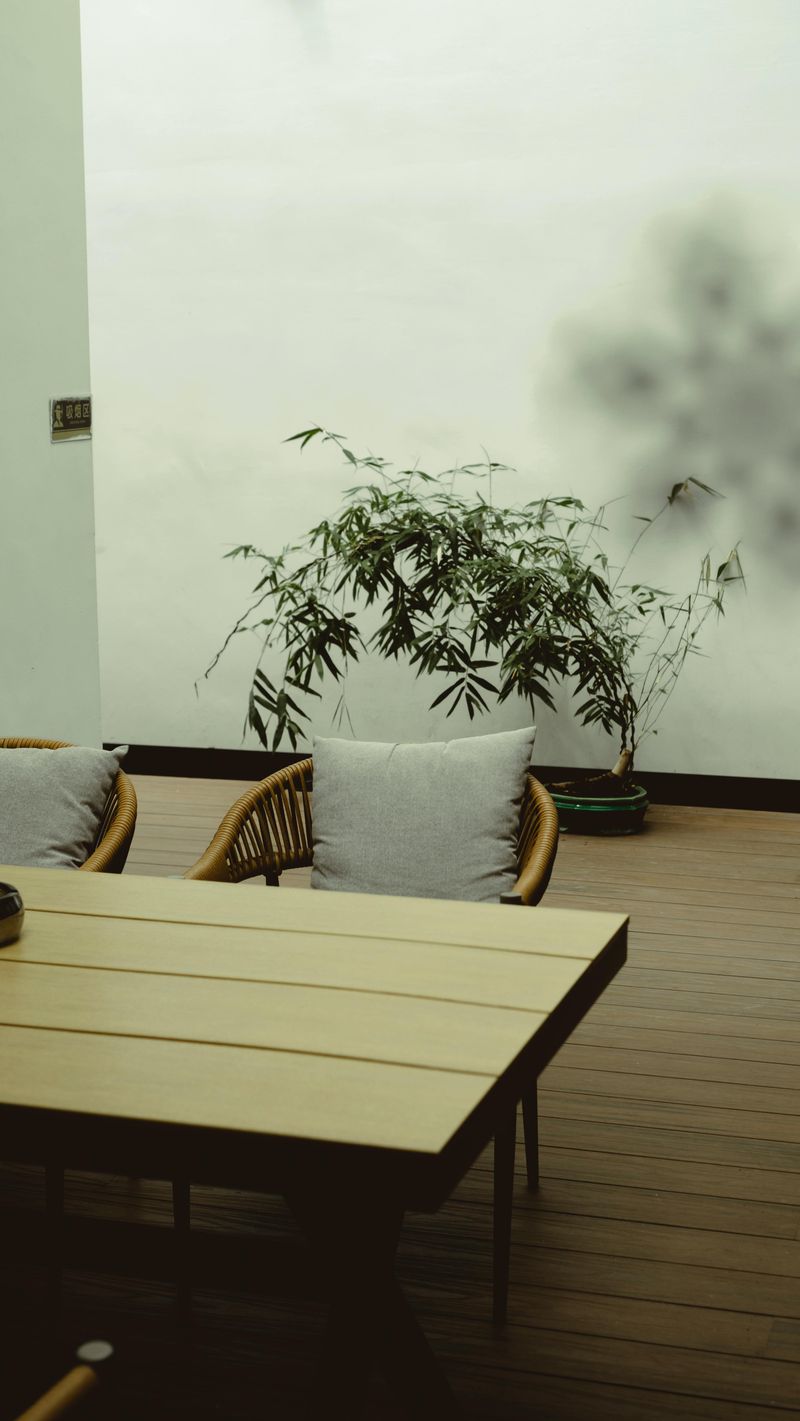
Older Florida homes built with small windows and dark interiors are falling out of favor fast. Today’s buyers crave abundant natural light and open, airy spaces that connect with Florida’s famous sunshine.
Homes featuring dark wood paneling, limited windows, or poor orientation relative to sunlight paths will face declining demand. The psychological benefits of natural light have become widely recognized, making bright, well-lit homes command premium prices. Properties with limited natural illumination will likely require significant renovations.
7. Non-Smart Homes Without Tech Integration

As Florida’s population continues to skew younger and more tech-savvy, homes without basic smart capabilities are increasingly viewed as outdated. Properties lacking integrated technology for climate control, security, and energy management will struggle to attract buyers by 2030.
Smart home features have evolved from luxury to necessity, with buyers expecting programmable thermostats, security systems, and energy monitoring as standard. The convenience factor alone drives this trend, but the potential for energy savings through automated systems makes tech-enabled homes particularly attractive in Florida’s climate.
8. Homes Without Dedicated Home Office Space

The remote work revolution has permanently altered housing preferences in Florida. Homes lacking dedicated office space are quickly losing appeal as flexible and remote work arrangements become permanent fixtures in professional life.
Properties with floor plans that can’t accommodate a proper home office face an uphill battle in attracting buyers. The pandemic accelerated this shift, but it’s the ongoing evolution of work culture that cements it as a lasting trend. Even homes with convertible spaces will be at a disadvantage compared to those with purpose-built office areas.


